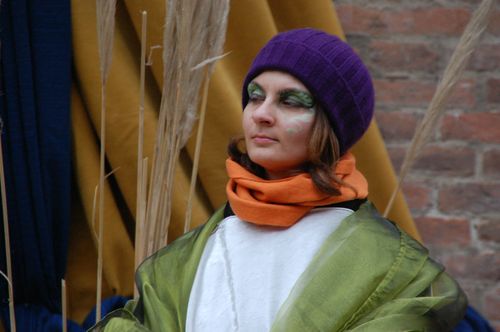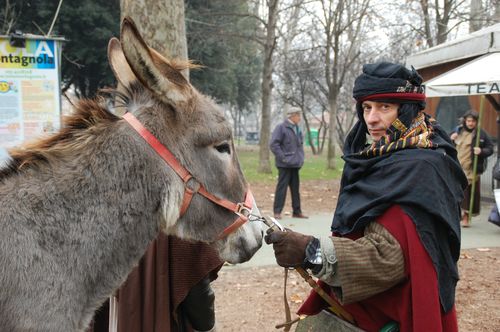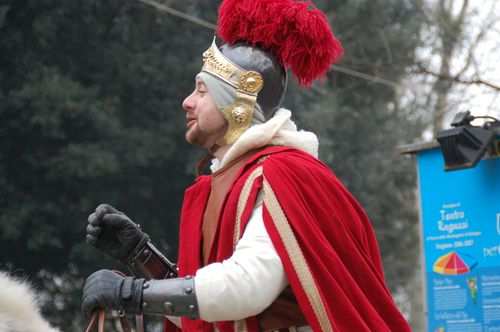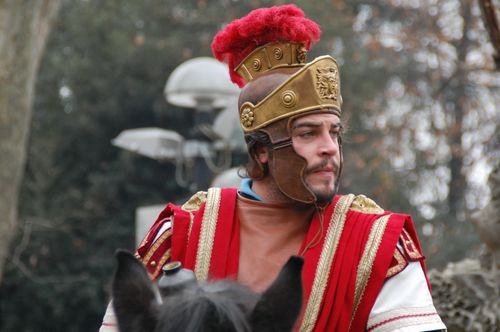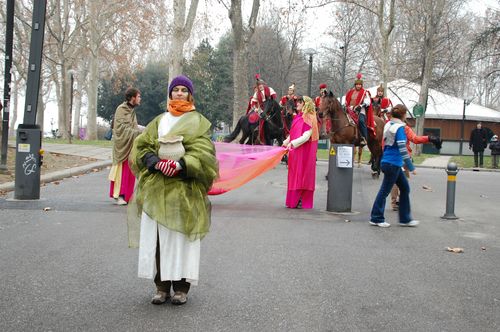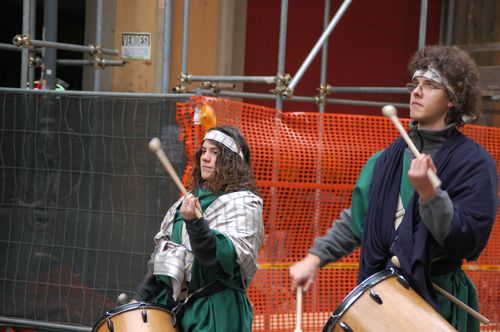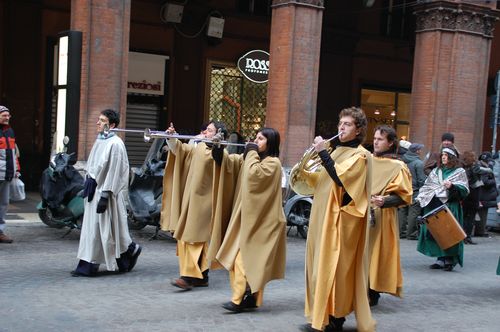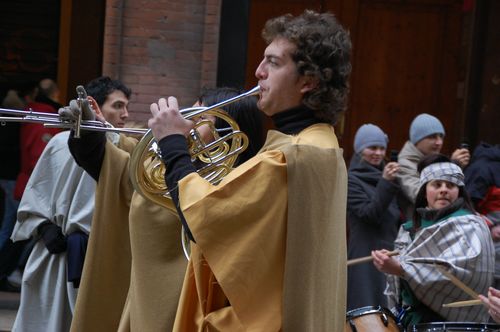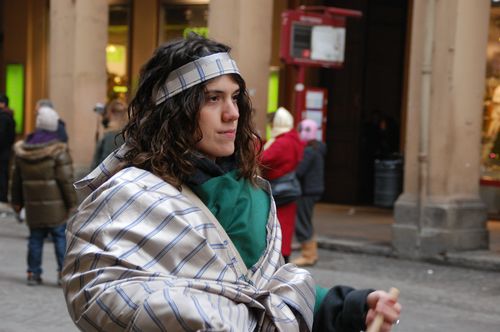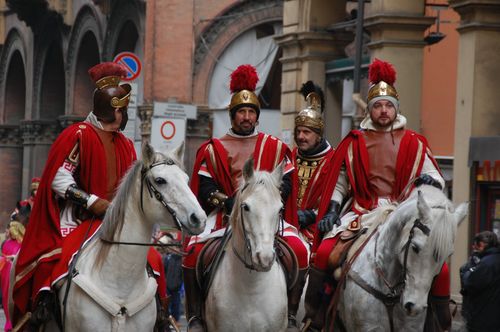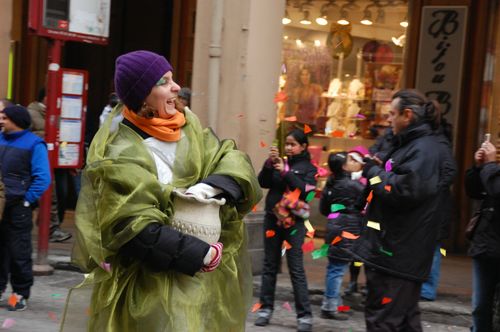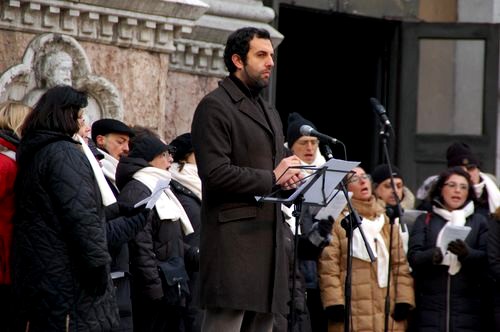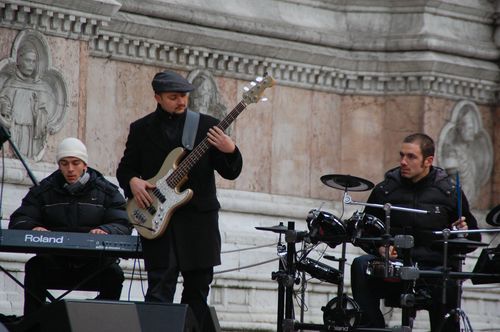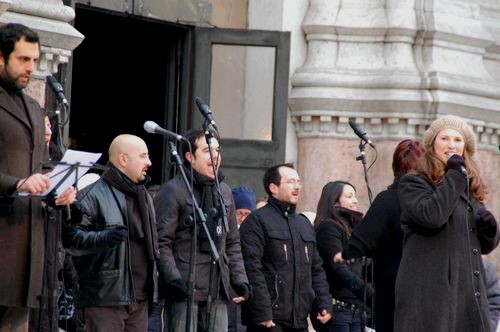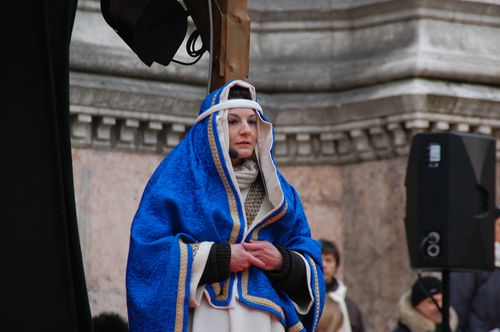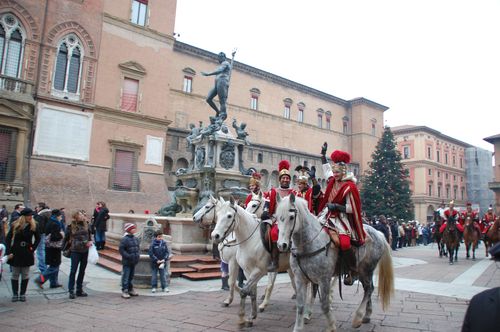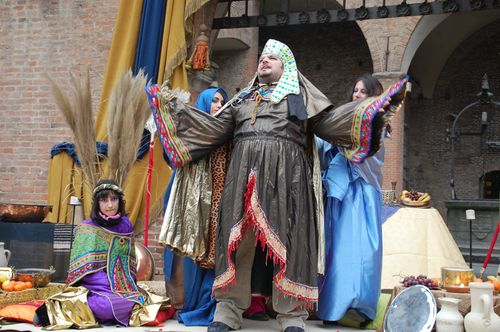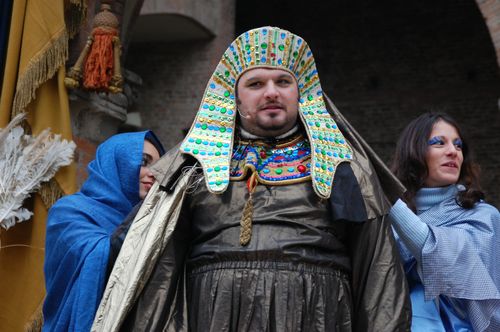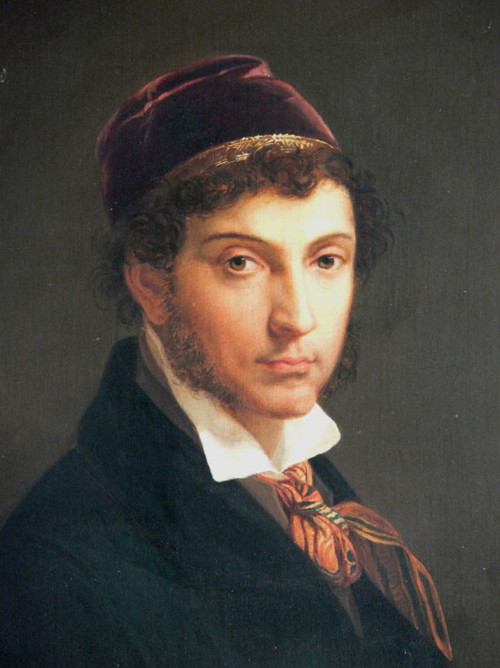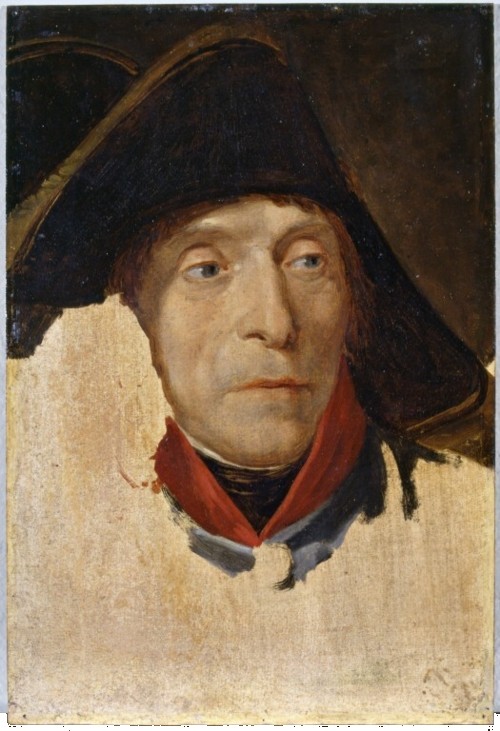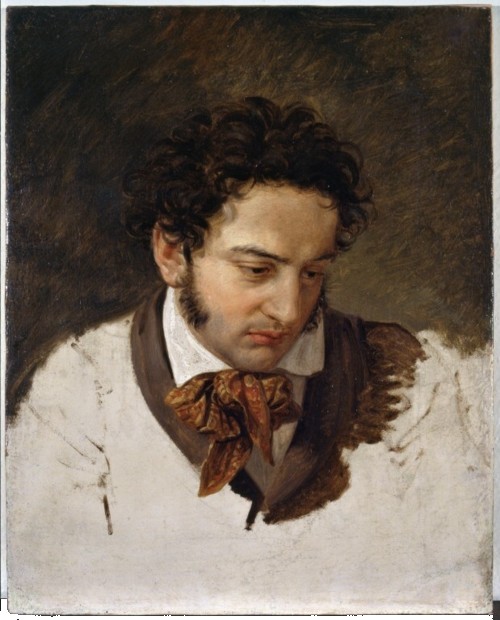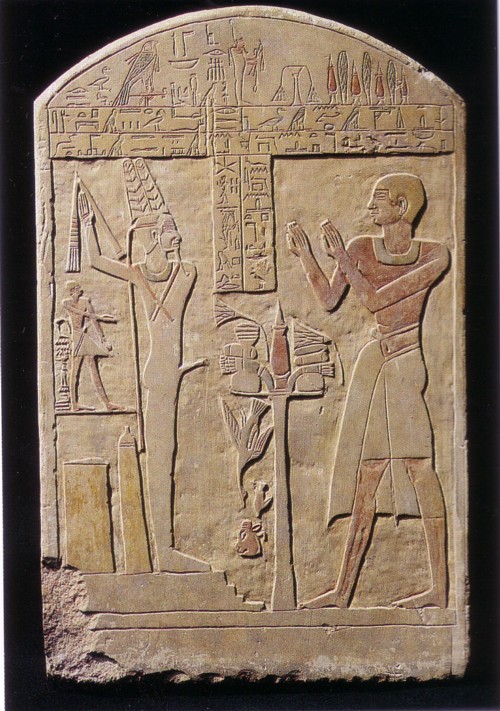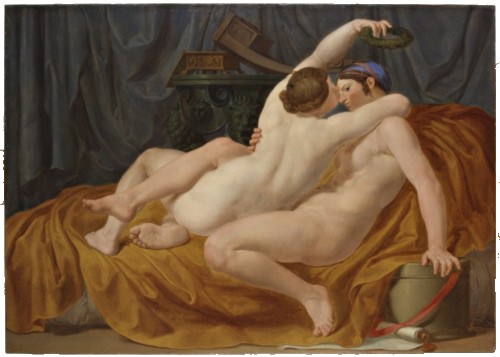Probably most persons, even if they like art, have never heard of Pelagio Palagi. I believe that he was grossly under-rated, probably because he was born in a rich family and dabbled in lot of different things. For a long long time he was not taken seriously as an artist, and was seen mostly as a collectionist. I disagree with this view point.
The first image below presents his self-portrait. Don't you think that the artist who made this deserves some acknowledgement? All the images in this post are from the Municipal Collection of Art in Bologna - if you visit this museum located in Piazza Maggiore of Bologna, do not forget the room dedicated to him.
To be a collector and spending your riches for bringing together treasures of art and at the same time, supporting lot of artists, is not to be looked down at. Most persons with their billions, if they did that, perhaps the world would be nicer place. Palagi was a good collector and in addition, a wonderful painter and designer.
Born in a rich family in Bologna in 1775, Palagi loved art. His paintings were not considered important for a long long time. He also collected antiques and art from different places around the world, including two important collections from Egypt and ancient Greece. During those years, antiques and art were not seen as national treasures but rich persons, especially Europeans could buy what ever they wanted. Thus important sculptures, documents, paintings came to Europe, especially in the 18th-20th centuries.
Palagi left all his treasures to the Municipal government of Bologna and these treasures are important parts of different Bologna museums. Bologna, a comparatively small city in Italy, has been an important centre of culture and science, and has a huge number of museums that are all free (in 2008) for visitors and have a rich programme of guided tours for adults and children.
So if you are planning to visit Bologna, remember to keep a few days for visiting its museums and for discovering Pelagio Palagi.
In this post I want to touch on two aspects of Pelagio Palagi's works.
Pelagio Palagi's Portraits
I love the portraits he made and I like his technique of adding the big white/pale areas in parts of the portraits, that some times give an impression of part of the canvas being torn off or complete.
Below you will find two of his portraits - the first is the study for the portrait of Major Lattuada done in 1819 done for the hospital of Milan; the second is the portrait of his close friend Giuseppe Guizzardi done around 1808-09. (Click on the images for a bigger view)
Sexuality in Pelagio Palagi's Collection and Art
Below you will find two examples of sexuality in his collection and in his art.-
(1) the first is a 4000 years old Egyptian stele from Palagi's collection showing a man called Aku praying to male fertility god Min. At the lower end of the stele behind the god Min, the phallus shaped temples are shown that remind me of Shivalings in India.
(2) the second is the painting of Sappho and Rodope done by Palagi around 1808-09 - Sappho and Rodope's painting is interesting as it shows the two women in loving embrace, that has been the popular interpretation to the Sappho legend.
According to the Greek legends, Sappho was a poetess while Rodope was a slave girl or a courtesan in ancient Egypt (the legend of Rodope or Rodopi from ancient Egypt is supposed to be the inspiration for the Cindrella fable), who had an affair with Sappho's brother. Those initial legends depicted Sappho as having many lovers. However, later popular legends saw Sappho as a woman in love with other women and her island, Lesbo, also acquired notoriety, giving rise to words like Lesbians.
Conclusions
As you can see, trying to understand the art of Pelagio Palagi can take you in many interesting directions.
Municipal Art museum, Archaeological museum and Medieval museum of Bologna have thousands of works from Pelagio Palagi collection, some are his creations and others are his collections, remember to look for them when you visit Bologna.
***
